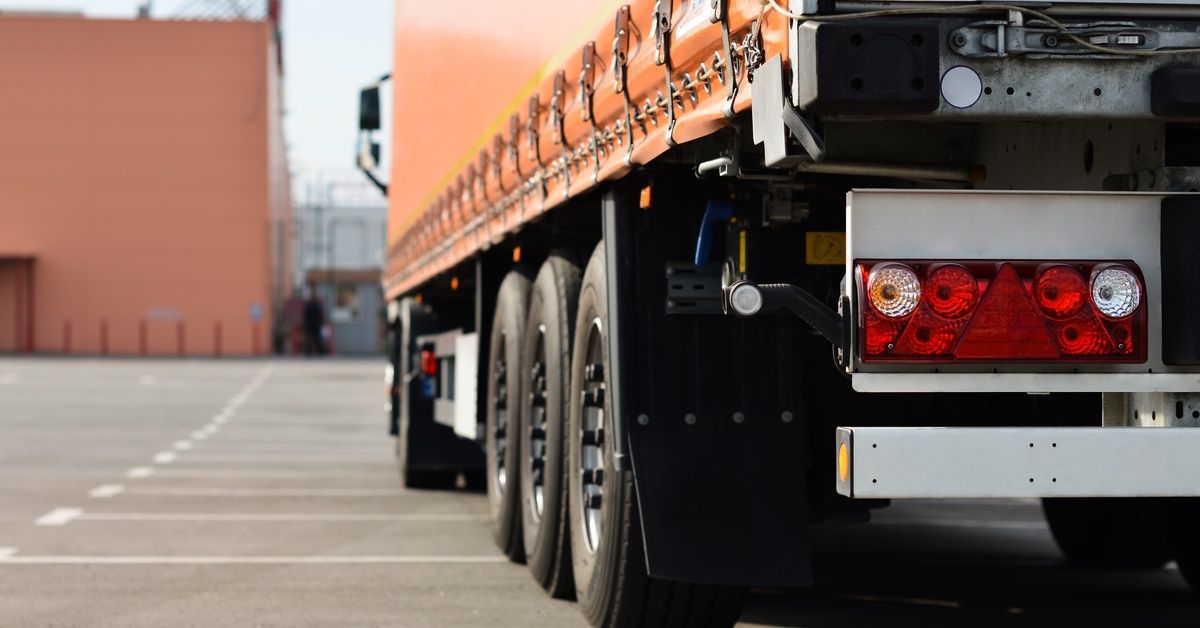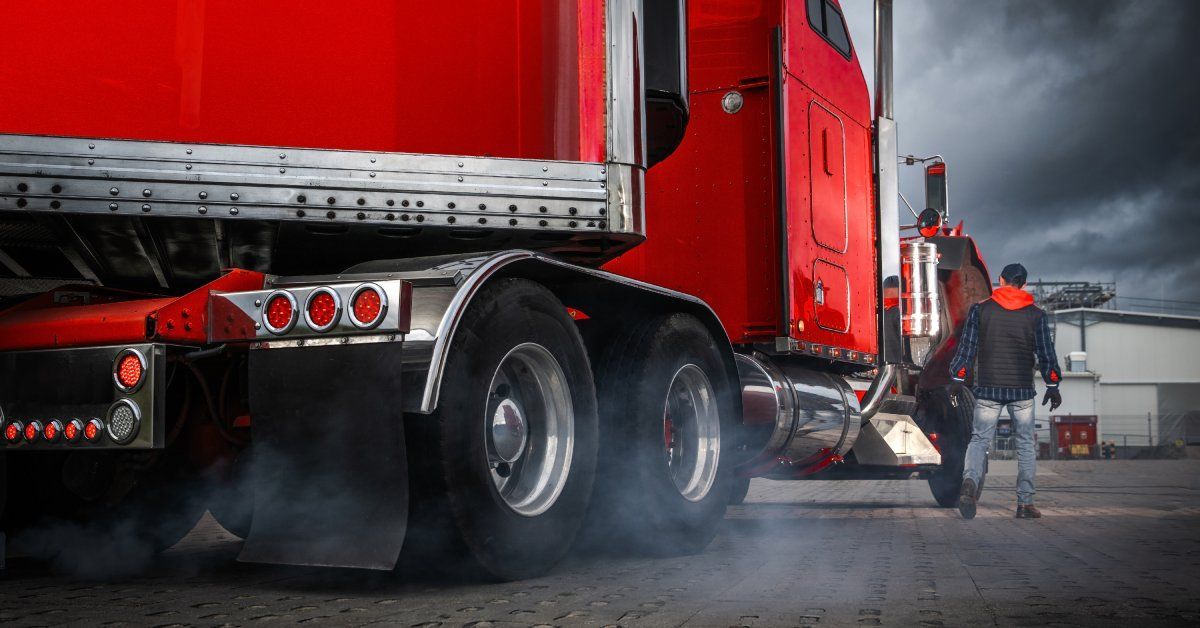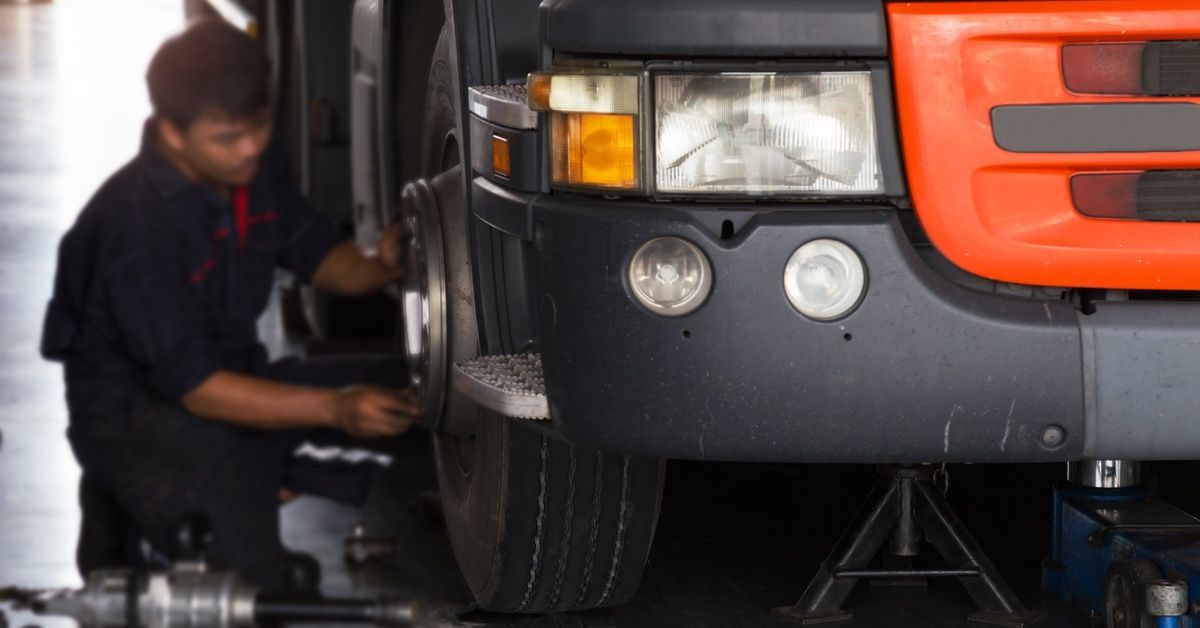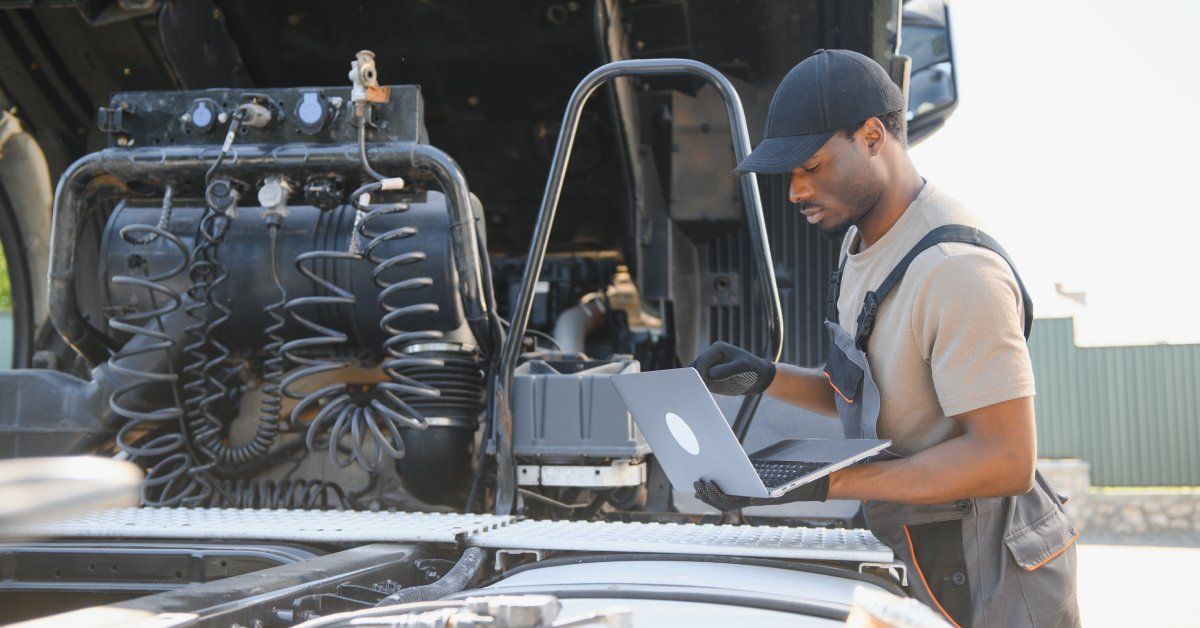Fleet Maintenance Checklist: What To Inspect Every Month
Keeping a fleet on the road is no small feat, but regular inspections are the secret to smooth, safe, and efficient operations. A solid monthly maintenance routine doesn’t just save you from expensive breakdowns; it also boosts performance and keeps you compliant with safety standards.
From small fleets to massive operations, a detailed checklist of what to inspect every month can transform a daunting task into a streamlined process. Let’s get rolling!
Safety Checks
Safety should always be the top priority when maintaining a fleet. There’s no substitute for a well-maintained vehicle when it comes to protecting drivers and others on the road. Begin by inspecting all critical safety equipment. Ensure that seat belts in every vehicle are functioning properly, locking securely, and showing no signs of fraying, wear, or damage. Faulty seat belts are a major hazard in the event of an accident.
Next, test emergency brakes to confirm they engage quickly and reliably, as they play a vital role in preventing collisions, especially on inclines or during sudden stops. Move on to checking all exterior and interior lights, including headlights, brake lights, turn signals, hazard lights, and reverse lights. Ensure they are all functioning correctly, shining brightly, and free of dirt or obstructions that could reduce visibility.
Lastly, don’t overlook reflective stickers or decals, particularly if they are mandated by regulatory standards or used on vehicles operating at night. These reflective materials are essential for keeping your fleet visible in low-light or adverse weather conditions, reducing the likelihood of accidents.
Mechanical Components
The mechanical integrity of your fleet is vital for minimizing breakdowns and ensuring operational efficiency. Start with the engine system, the heart of the vehicle. Inspect for unusual noises, leaks, or performance issues such as rough idling or reduced power output, which could indicate underlying problems like worn-out components or fluid leaks.
Next, evaluate the brake system, including brake pads, rotors, lines, and calipers. Worn or damaged brakes are one of the most significant safety risks, so ensure they are operating at full capacity and replace any components that show signs of deterioration. You should also inspect the steering and suspension systems for abnormal wear, loose connections, or misalignments.
Finally, pay close attention to hoses and belts, which are often overlooked but are critical for smooth operation. Look for cracks, fraying, or signs of aging, as these components can fail unexpectedly and cause breakdowns.
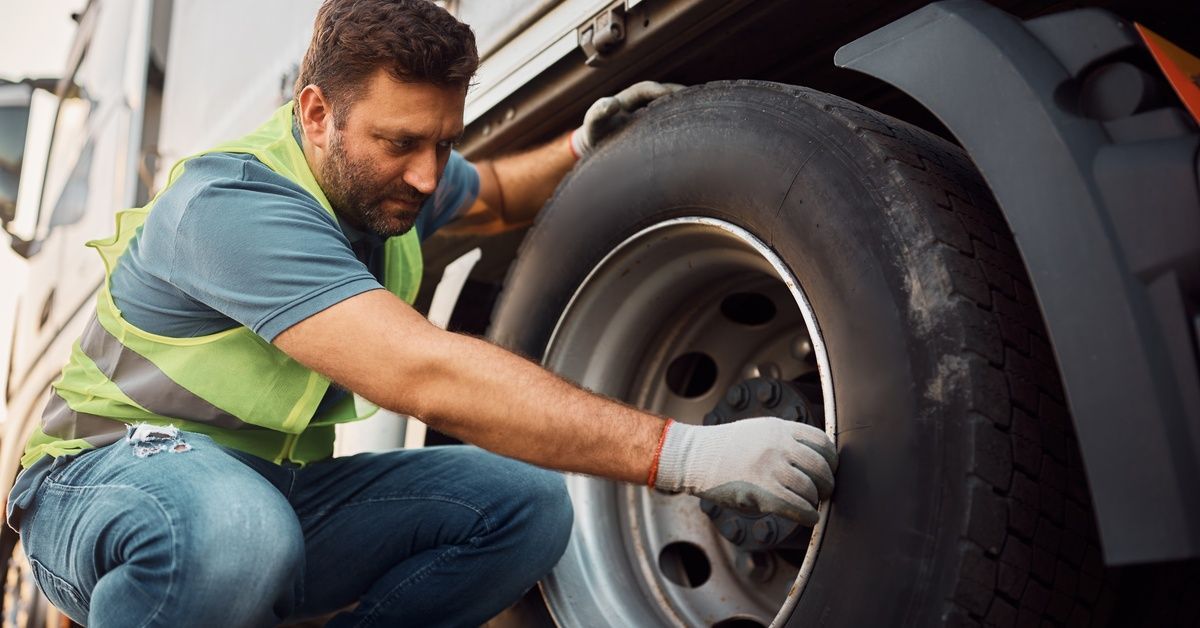
Tires and Wheels
Tires are one of the most important components of your fleet, as they literally support all weight and are directly connected to safety and fuel efficiency. Begin by checking that all tires are inflated to the manufacturer-recommended pressure levels. Properly inflated tires not only improve fuel efficiency but also enhance handling and reduce the risk of blowouts.
Under- or over-inflated tires can cause uneven wear, which affects vehicle performance and safety. Inspect tire treads for depth and even wear patterns. Uneven wear might indicate issues with alignment, suspension, or tire balancing that you need to address.
Look for visible damage such as cracks, bulges, or embedded objects like nails, as these can compromise the tire’s integrity and lead to dangerous blowouts on the road. Don’t forget to inspect the wheels themselves. This means ensuring that you’ve tightened the lug nuts to the correct torque specifications and checking for any cracks, dents, or other damage in the wheel rims.
Fluids and Filters
Fluids are the lifeblood of any vehicle, and maintaining them is essential for ensuring peak performance and longevity. Start with the engine oil. Regularly check its level, color, and quality. Dirty or low oil can cause engine wear and overheating, so replace it promptly if necessary.
Coolant is another critical fluid that must be monitored to prevent the engine from overheating, especially during long trips, heavy loads, or warmer months. Ensure that coolant levels are within the recommended range and that the fluid itself is clean and free of debris.
Other essential fluids to check include brake fluid, transmission fluid, and power steering fluid. Keeping these topped off and at the proper levels ensures the smooth operation of key systems and prevents costly failures.
Finally, inspect and replace filters as needed. This includes the air filter, which helps maintain engine performance by preventing debris from entering, and the fuel filter, which ensures clean fuel reaches the engine for optimal combustion.
Electrical System
The electrical system of your trailer is critical for both safety and functionality, so regular inspections and maintenance are non-negotiable. Start by carefully inspecting all wiring for fraying, corrosion, or loose connections. Damaged wires can lead to short circuits, malfunctioning lights, or even electrical fires, posing serious safety risks on the road.
It’s a good idea to use a multimeter to test the continuity of wires and ensure connections are secure. Verify that all the lights—brake lights, turn signals, clearance lights, and interior lights—are working correctly. You should replace burnt-out bulbs immediately, and cleaning any corroded connections can significantly improve reliability.
Exhaust System
For trailers equipped with generators or machinery that produce exhaust, maintaining the exhaust system is vital to ensure both safety and performance. Start by checking for leaks, cracks, or blockages in the exhaust pipes, as these can allow harmful gases like carbon monoxide to enter enclosed spaces, creating a serious health hazard.
Use a flashlight to inspect hard-to-reach areas of the exhaust system and run your hand along the pipes to feel for any escaping air that could indicate leaks when the equipment is running. It’s vital to address rust and wear immediately by replacing damaged parts. Additionally, make sure the generator or machinery's air intake is clear and unobstructed to prevent performance issues.
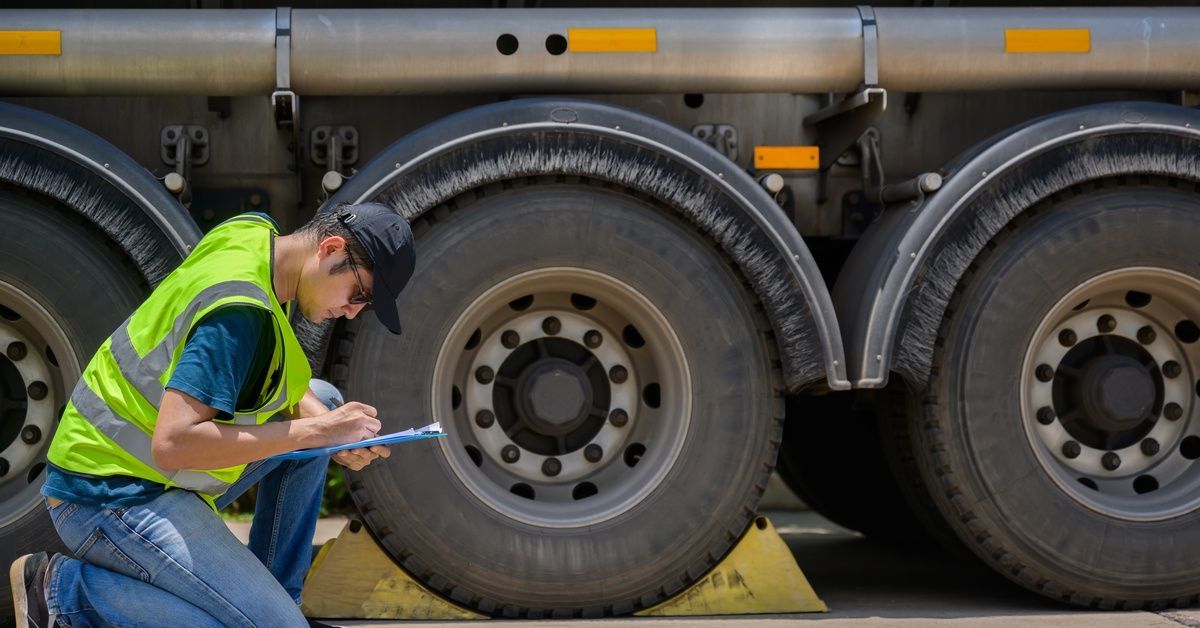
Documentation and Records
Accurate and up-to-date documentation is an essential yet often-overlooked aspect of trailer maintenance. Create a log where you record all inspections, repairs, and replacements performed on your trailer. Include dates, descriptions of the work done, and the name of the technician or service provider.
This level of detail allows you to track maintenance intervals and identify patterns or recurring issues, giving you the opportunity to address problems proactively before they worsen. Organized documentation is also invaluable for warranty claims, as manufacturers often require proof of maintenance for coverage. Similarly, insurers may request maintenance records in the event of an incident or claim.
General Cleanliness
Keeping your trailer clean inside and out does more than make it look good; it’s key to preserving its longevity and functionality. Regularly wash the exterior to remove dirt, mud, road salt, and grime that can lead to rust, corrosion, or paint damage. Pay special attention to the undercarriage, as this area is particularly vulnerable to wear from road debris and salt buildup. Apply a protective wax or sealant to the exterior to provide an additional layer of defense against the elements.
On the interior, clear out all debris and clutter, and vacuum or sweep floors to keep the space tidy. Inspect for signs of pests, such as droppings or chewed materials, and take steps to address infestations immediately to avoid long-term damage.
By utilizing a thorough fleet checklist and knowing exactly what to inspect every month, you can minimize downtime, improve safety, and extend the lifespan of your vehicles.
For specialized needs like trailer services and repairs, partnering with us ensures that every aspect of your fleet is in top condition. Make maintenance a priority—your drivers, customers, and bottom line will all thank you.
